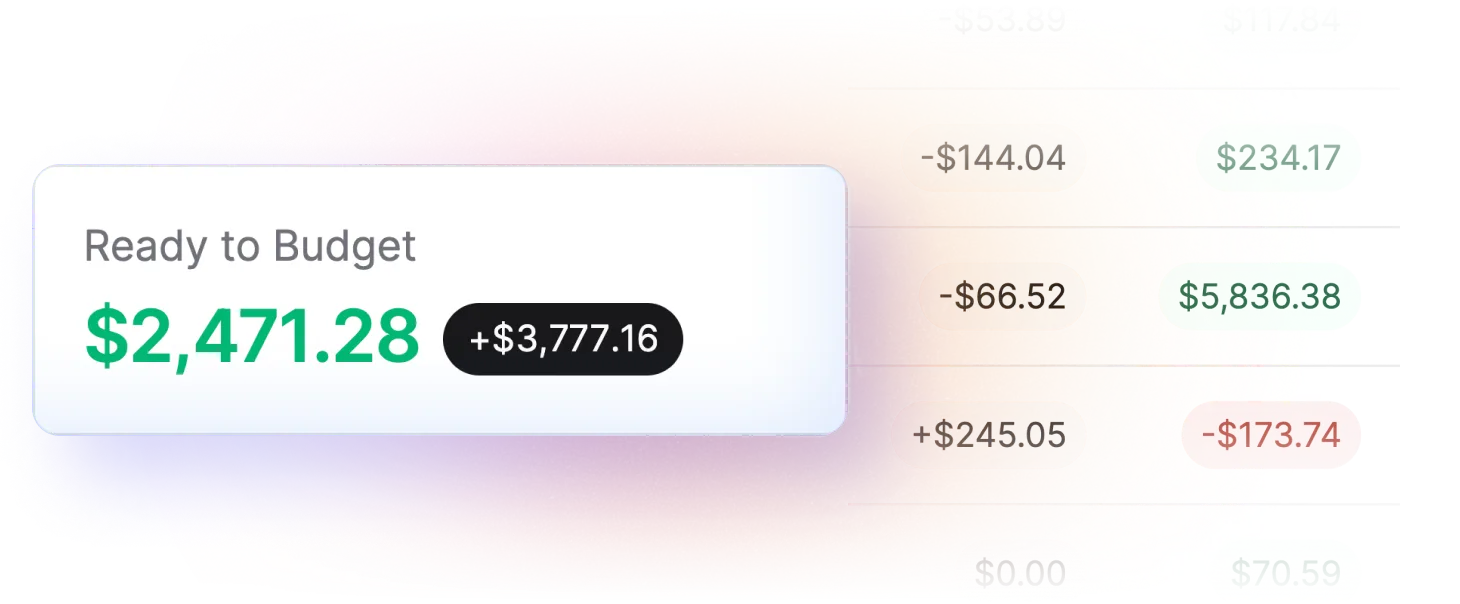Set Your Budgets
Ranger uses zero-based budgeting. Unlike traditional budgeting where spending limits are just targets, zero-based budgeting uses your actual money to set those limits. If you spend more in one category, you’ll need to account for that overspend from another, because you’re working with real dollars, not theoretical limits.
Set up your budgets based on your income and expenses. For example, if your monthly phone bill is $100, you’d budget $100 in your Phone category. Since Ranger uses a fund-based system, any unused funds roll over to the next month.

💡 Pro-tip: You can budget a negative amount to pull money out of a category, moving it back into Ready to Budget for use elsewhere.
Transitioning from Another Budgeting App?
If you’re carrying over category balances, here’s the best way to set up rollover budgets:
Say you had $200 already budgeted in a category in your old app, and you typically add $45 per month. Instead of budgeting $245 in your first month with Ranger, you’ll want to account for that $200 balance separately.
How to do this:
- Go to the previous month in Ranger and enter the $200 balance there.
- Move to the current month and budget your usual $45.
This carries over your $200 into the new month while keeping your budgeting process consistent.
Handling Debt
Starting Ranger while paying off credit cards or loans? You might see a negative Ready to Budget balance—that’s normal, and here’s one way to handle it:
- Create a category for your debt (e.g., “Debt Payoff”).
- Enter your current debt as a negative amount (e.g., if you owe $5,000, enter -5,000).
- Your Ready to Budget balance will now reflect your actual cash, making it easier to track both spending and debt payoff.
As you make payments and categorize them under Debt Payoff, that negative balance moves toward zero—giving you a clear picture of your progress. This keeps your daily spending categories straightforward: the money you see is the money you can actually spend.